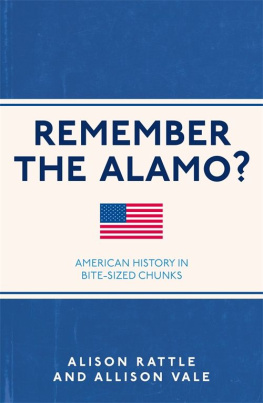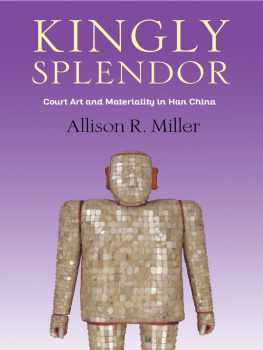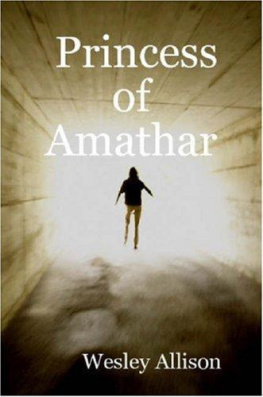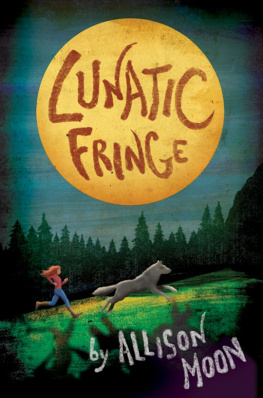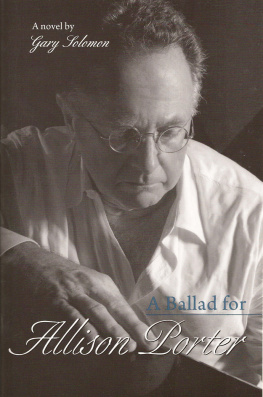Jay Allison - This I Believe II
Here you can read online Jay Allison - This I Believe II full text of the book (entire story) in english for free. Download pdf and epub, get meaning, cover and reviews about this ebook. year: 2008, publisher: Henry Holt and Co., genre: Home and family. Description of the work, (preface) as well as reviews are available. Best literature library LitArk.com created for fans of good reading and offers a wide selection of genres:
Romance novel
Science fiction
Adventure
Detective
Science
History
Home and family
Prose
Art
Politics
Computer
Non-fiction
Religion
Business
Children
Humor
Choose a favorite category and find really read worthwhile books. Enjoy immersion in the world of imagination, feel the emotions of the characters or learn something new for yourself, make an fascinating discovery.

- Book:This I Believe II
- Author:
- Publisher:Henry Holt and Co.
- Genre:
- Year:2008
- Rating:4 / 5
- Favourites:Add to favourites
- Your mark:
- 80
- 1
- 2
- 3
- 4
- 5
This I Believe II: summary, description and annotation
We offer to read an annotation, description, summary or preface (depends on what the author of the book "This I Believe II" wrote himself). If you haven't found the necessary information about the book — write in the comments, we will try to find it.
This I Believe II — read online for free the complete book (whole text) full work
Below is the text of the book, divided by pages. System saving the place of the last page read, allows you to conveniently read the book "This I Believe II" online for free, without having to search again every time where you left off. Put a bookmark, and you can go to the page where you finished reading at any time.
Font size:
Interval:
Bookmark:
ALSO FROM THE PUBLIC RADIO SERIES This I Believe
This I Believe:
The Personal Philosophies of Remarkable Men and Women
This I Believe II
MORE PERSONAL PHILOSOPHIES
OF REMARKABLE
MEN AND WOMEN

EDITED BY
Jay Allison AND Dan Gediman
WITH John Gregory AND Viki Merrick
ADDITIONAL EDITING BY
Emily Botein
Mary Jo Gediman
Ellen Silva
and the editorial staff of NPR News


Henry Holt and Company, LLC
Publishers since 1866
175 Fifth Avenue
New York, New York 10010
www.henryholt.com
Henry Holt and  are registered trademarks of Henry Holt and
are registered trademarks of Henry Holt and
Company, LLC.
Copyright 2008 by This I Believe, Inc.
All rights reserved.
This I Believe is a registered trademark of This I Believe, Inc.
NPR, National Public Radio, All Things Considered, Morning Edition, and their logos are registered and unregistered service marks of National Public Radio, Inc.
Distributed in Canada by H. B. Fenn and Company Ltd.
Library of Congress Cataloging-in-Publication Data
This I believe II : more personal philosophies of remarkable men and women / edited by Jay Allison and Dan Gediman with John Gregory and Viki Merrick; additional editing by Emily Botein... [et al.].1st ed.
p. cm.
ISBN-13: 978-8050-8768-0
ISBN-10: 0-8050-8768-0
1. Belief and doubt. 2. Conduct of life. 3. Life. 4. Celebrities.
I. Allison, Jay. II. Gediman, Dan. III. Title: This I Believe 2.
BD215.T49 2008
170.44dc22 2008010110
Henry Holt books are available for special promotions and premiums. For details contact: Director, Special Markets.
First Edition 2008
Designed by Meryl Sussman Levavi
Printed in the United States of America
1 3 5 7 9 10 8 6 4 2
To Margot Trevor Wheelock, who was responsible
for This I Believe
This I Believe II

DANGLING AT THE END OF EACH ESSAY in this book is an implied question: What would you say?
What would you say in five hundred words to capture a core principle that guides your life? Can you name a belief that underlies your actions? In the discovered truths of your experience, what abides?
This question is more important than what one thinks of a given essay. There are seventy-five of them here, after all. As readers, each of us is bound to take issue with some or be stirred by others. And your reactions wont be the ones of the person sitting next to you; one mans clich is another mans revelation. Often, I find that an essay may not strike me one day, but will carry meaning months later when my own circumstances have changed.
As editors, we have aimed to be as inclusive as possible in our selection, choosing statements from teenagers to those in their nineties, and from a wide range of profession, background, and experience all over this country. Youll find writing from the famous and the unknown. Many essays arrived over the transom; some we solicited directly.
There are statements here from Nobel Prize winners, high school students, a diner waitress, an Iraq War veteran, a nun, an astronaut, a professional skateboarder, well-known artists, writers, and scientists, a drug addict, a dental technician, a former Guantnamo interrogator, and many others. Ted Gup, one of the essayists from our first collection, said of This I Believe, If you take all the essays in the aggregate, what you have is a sort of national anthem. Thats the beauty of it: You have a multiplicity of voices and its a celebration of that multiplicity.
This I Believe is a snapshot of the convictions of our age. The project has spread around the globe and the response has been overwhelming. Nearly 50,000 people (thats the count at this writing; you can find them at www.thisibelieve.org ) have submitted essays. Our database has been analyzed by researchers James Pennebaker and Cynthia Chung at the University of Texas using their so-called Meaning Extraction Method, which scanned the more than seventeen million words in the essays, finding that writers used seventy-one thousand different words. Among those, they analyzed the five hundred most commonly usedexcluding pronouns, articles, and prepositionsfocusing on nouns and verbs. They looked for combinations and thematic links and concluded, for instance, that older people wrote more of religion, America, and the nature of existence, while younger people often wrote of financial issues, sports, and music. People in the thirty-to-fifty age bracket tended to write more about relationships. Males were more likely to reference science and sports; females, illness and marriage.
But This I Believe is more concerned with the individual than the aggregate. As Edward R. Murrow said in his introduction to the 1950s radio series, In a way, our project has been an invasion of privacy, like demanding a man to let a stranger read his mail. Our team sits down every day to open these emphatically nontrivial missives, and we feel a great responsibility when we review them. My colleague Viki Merrick, with whom I edited most of these essays, said she feels like she should wash her hands before sitting down to work.
We have admiration for those who have stood up to state their innermost thoughts. In an age of irony, an earnest statement is a target. In the newsroom environment through which these essays pass, the prevailing atmosphere is appropriately skeptical and even harsh. At its worst, it can be cynical and mocking. What advantage comes to people, particularly prominent ones, in making themselves vulnerable by speaking from the heart, standing without defense before an audience of millions? It is precisely this vulnerability that convinced us to prohibit interactive Internet commenting and discussion boards for this series. Certainly, each essay could provide great fodder, but were not interested in the offhand dismissal or low ante insult, particularly those generated anonymously. We are interested in creating a commons, where the same contribution is expected from all: not a critique of others but a statement of ones own.
This I Believe found a natural home on public radio, because public radio was created to be a commons, a place where citizens could convene to speak and listen in the common interest. What else justifies its existence? Delivering news and music has value, but our mission calls for something more. My own work in public broadcasting over the past thirty years has centered on the encouragement of citizen involvement and finding new ways to turn listeners into participants. This I Believe follows in that tradition.
The primary tool of radio is the voice. Often on news programs, the voice is used in a simple declarative way, summarizing events, giving you the level of information that programmers think you need. But the human voice has more power than that. When it is used to express personal experience, it can find its way past your defenses and sneak inside to inhabit you and even find its way to your heart. Perhaps this could be interpreted as a pitch for the audio-book of This I Believe
Font size:
Interval:
Bookmark:
Similar books «This I Believe II»
Look at similar books to This I Believe II. We have selected literature similar in name and meaning in the hope of providing readers with more options to find new, interesting, not yet read works.
Discussion, reviews of the book This I Believe II and just readers' own opinions. Leave your comments, write what you think about the work, its meaning or the main characters. Specify what exactly you liked and what you didn't like, and why you think so.



